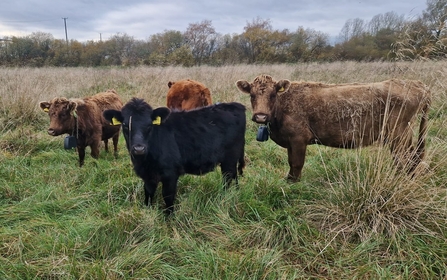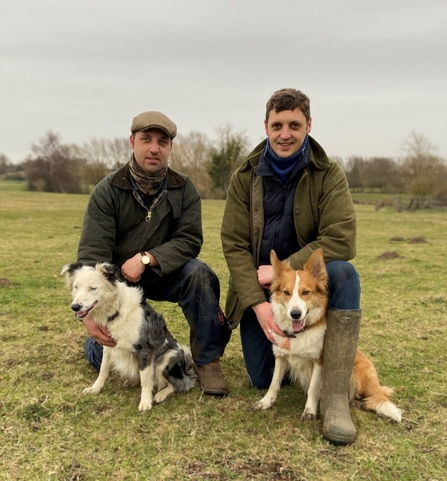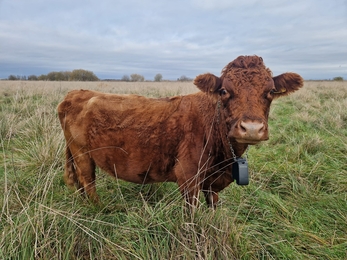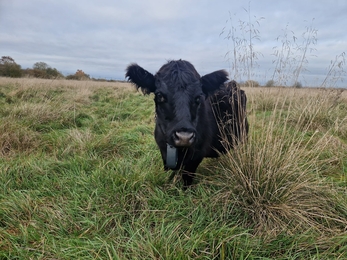Historically large herbivorous animals would have roamed the Great Fen, controlling the shape and structure of its wetland environments, selectively munching, and trampling the vegetation, leaving dung piles for invertebrates to colonise. The Great Fen primarily uses cows and sheep to achieve the same job today, working in partnership with several local farmers who kindly provide and manage them.
Conservation grazing uses the natural behaviours of large herbivores to control plant growth through grazing and browsing. They are our living lawn mowers. Increasing the animals' freedom to select where they drink, sleep and eat across a larger area is even better for helping them to keep the variety of habitats on the Great Fen in good shape.




